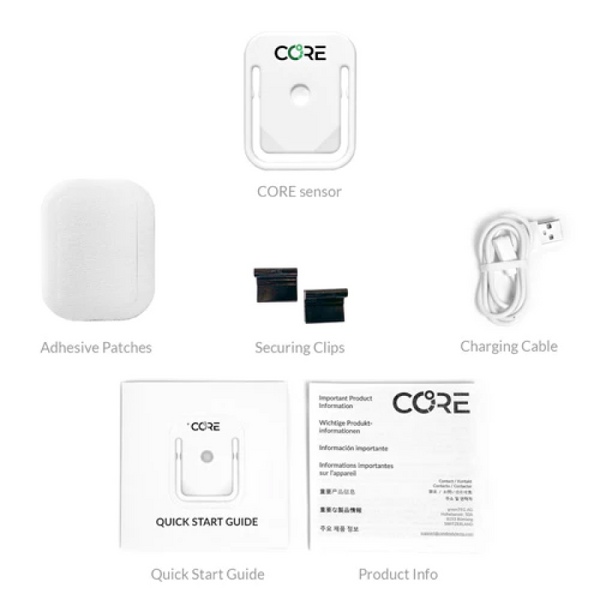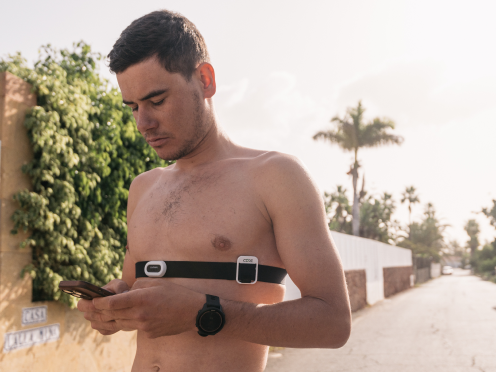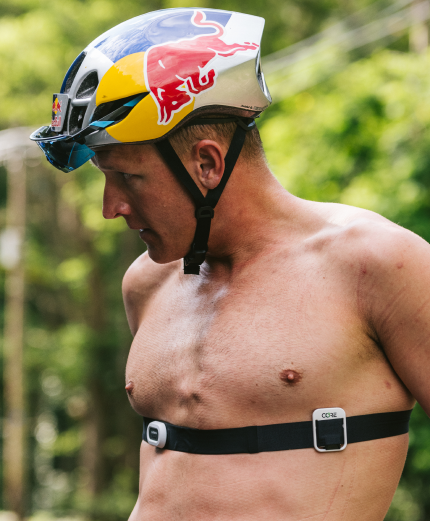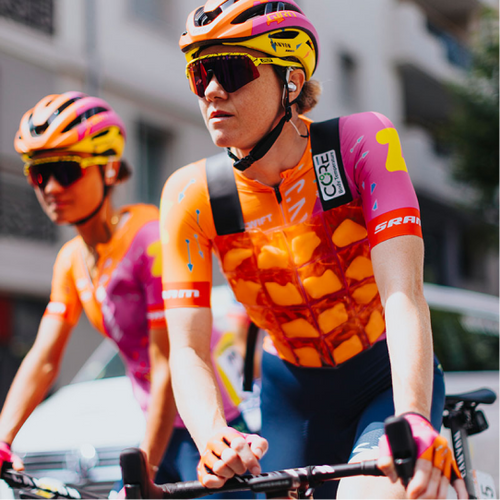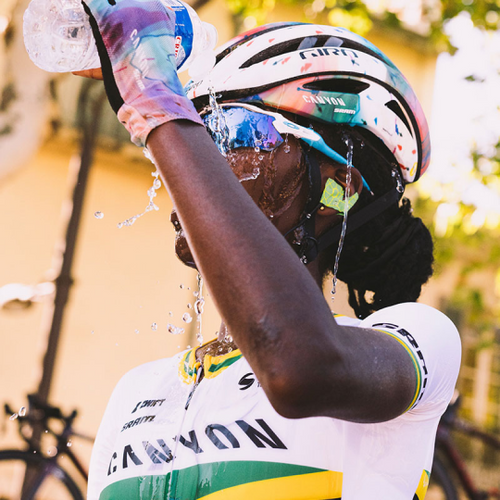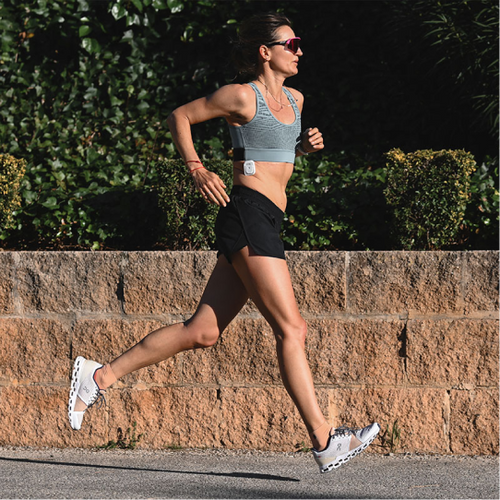The CORE sensor sends real-time data to paired devices and also saves up to a month of data internally. However, when the sensor fully runs out of battery, the recorded data is lost.
Sports devices will display your real-time data and save it so it is available for later viewing and analysis. This is commonly saved in .fit file format which is convenient to share, view and analyze in sports software.
For the data stored internally, the CORE app can be used to read and synchronize with the CORE Cloud. This stores your historical data which you can view on the CORE App and CORE Cloud.
